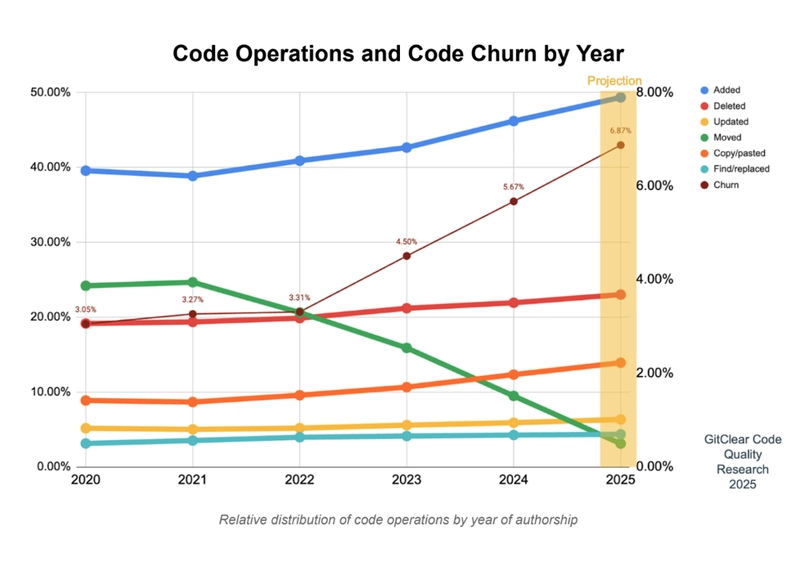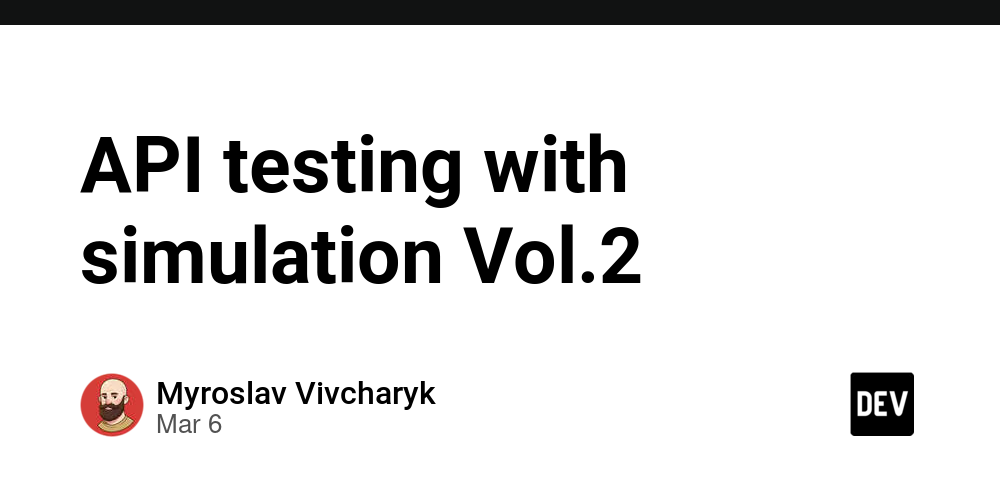Mastering the Gaming Customer Journey: A Complete Guide to Player Engagement
The success of any gaming platform depends on how well it understands and optimizes the gaming customer journey. From the first interaction to long-term player loyalty, each stage plays a crucial role in shaping player experience and maximizing revenue. A data-driven approach ensures that gaming operators can attract, engage, and retain players effectively while optimizing monetization strategies. In this guide, we’ll break down the gaming customer journey into key stages, discuss challenges, and explore solutions that can enhance player engagement and retention. 1. Discovery: Attracting the Right Players The first touchpoint in the gaming customer journey is the discovery phase. This is where potential players first encounter the platform through marketing campaigns, search engines, social media, or referrals. Challenges: High competition in the gaming industry Inefficient audience targeting Rising customer acquisition costs Solution: Leveraging data-driven marketing strategies, such as AI-powered audience segmentation, search engine optimization (SEO), and influencer partnerships, can help gaming platforms attract high-value players. Personalized ad campaigns and compelling CTAs also improve conversion rates. 2. Onboarding: Creating a Frictionless Experience Once a player shows interest, the onboarding process plays a critical role in ensuring they stay engaged. Challenges: Complicated sign-up processes Slow KYC (Know Your Customer) verification Lack of immediate incentives Solution: A seamless registration process with automated KYC verification and instant welcome bonuses can significantly reduce drop-off rates. Guided tutorials and interactive onboarding experiences ensure new players understand the platform quickly, increasing early engagement. 3. Engagement: Keeping Players Actively Involved Player engagement is the backbone of any successful gaming platform. Without continuous interaction, players may lose interest and churn. Challenges: Declining user activity over time Lack of personalized gaming experiences Ineffective promotional strategies Solution: Real-time player analytics can help identify gaming preferences and create personalized recommendations, in-game challenges, and dynamic events. Push notifications, targeted emails, and exclusive promotions keep players actively engaged. 4. Retention: Preventing Player Churn Retention is a major challenge in the gaming industry, as players have numerous options available. Challenges: High churn rates due to lack of engagement Difficulty in reactivating inactive players Weak loyalty programs Solution: By implementing predictive analytics, gaming platforms can identify at-risk players and trigger automated retention campaigns. Loyalty programs, VIP rewards, and personalized incentives ensure long-term engagement and reduce churn. 5. Monetization: Converting Engagement into Revenue Effective monetization strategies ensure that players contribute to revenue while still enjoying their gaming experience. Challenges: Low conversion rates from free-to-paid users Poorly timed monetization efforts Player resistance to in-game purchases Solution: Smart segmentation and A/B testing help optimize in-game purchases, subscription models, and ad placements. Offering personalized in-game rewards and exclusive VIP perks enhances revenue while keeping players satisfied. 6. Advocacy: Turning Players into Brand Ambassadors Loyal players can become powerful brand advocates who promote the platform organically. Challenges: Lack of referral incentives Limited social engagement features Difficulty in measuring advocacy impact Solution: Referral programs with attractive bonuses, community-building features like forums and leaderboards, and social media integration encourage word-of-mouth marketing and increase organic player acquisition. Conclusion Optimizing the gaming customer journey is essential for long-term success. By focusing on personalized engagement, predictive analytics, and seamless player experiences, gaming platforms can drive higher retention and revenue. A well-structured journey ensures that every player interaction is meaningful, leading to greater loyalty and sustainable growth. Looking to elevate your gaming platform? Start optimizing your gaming customer journey today with advanced data-driven strategies! Check For More- https://www.optikpi.com/player-journey-gaming/

The success of any gaming platform depends on how well it understands and optimizes the gaming customer journey. From the first interaction to long-term player loyalty, each stage plays a crucial role in shaping player experience and maximizing revenue. A data-driven approach ensures that gaming operators can attract, engage, and retain players effectively while optimizing monetization strategies.
In this guide, we’ll break down the gaming customer journey into key stages, discuss challenges, and explore solutions that can enhance player engagement and retention.
1. Discovery: Attracting the Right Players
The first touchpoint in the gaming customer journey is the discovery phase. This is where potential players first encounter the platform through marketing campaigns, search engines, social media, or referrals.
Challenges:
High competition in the gaming industry
Inefficient audience targeting
Rising customer acquisition costs
Solution:
Leveraging data-driven marketing strategies, such as AI-powered audience segmentation, search engine optimization (SEO), and influencer partnerships, can help gaming platforms attract high-value players. Personalized ad campaigns and compelling CTAs also improve conversion rates.
2. Onboarding: Creating a Frictionless Experience
Once a player shows interest, the onboarding process plays a critical role in ensuring they stay engaged.
Challenges:
Complicated sign-up processes
Slow KYC (Know Your Customer) verification
Lack of immediate incentives
Solution:
A seamless registration process with automated KYC verification and instant welcome bonuses can significantly reduce drop-off rates. Guided tutorials and interactive onboarding experiences ensure new players understand the platform quickly, increasing early engagement.
3. Engagement: Keeping Players Actively Involved
Player engagement is the backbone of any successful gaming platform. Without continuous interaction, players may lose interest and churn.
Challenges:
Declining user activity over time
Lack of personalized gaming experiences
Ineffective promotional strategies
Solution:
Real-time player analytics can help identify gaming preferences and create personalized recommendations, in-game challenges, and dynamic events. Push notifications, targeted emails, and exclusive promotions keep players actively engaged.
4. Retention: Preventing Player Churn
Retention is a major challenge in the gaming industry, as players have numerous options available.
Challenges:
High churn rates due to lack of engagement
Difficulty in reactivating inactive players
Weak loyalty programs
Solution:
By implementing predictive analytics, gaming platforms can identify at-risk players and trigger automated retention campaigns. Loyalty programs, VIP rewards, and personalized incentives ensure long-term engagement and reduce churn.
5. Monetization: Converting Engagement into Revenue
Effective monetization strategies ensure that players contribute to revenue while still enjoying their gaming experience.
Challenges:
Low conversion rates from free-to-paid users
Poorly timed monetization efforts
Player resistance to in-game purchases
Solution:
Smart segmentation and A/B testing help optimize in-game purchases, subscription models, and ad placements. Offering personalized in-game rewards and exclusive VIP perks enhances revenue while keeping players satisfied.
6. Advocacy: Turning Players into Brand Ambassadors
Loyal players can become powerful brand advocates who promote the platform organically.
Challenges:
Lack of referral incentives
Limited social engagement features
Difficulty in measuring advocacy impact
Solution:
Referral programs with attractive bonuses, community-building features like forums and leaderboards, and social media integration encourage word-of-mouth marketing and increase organic player acquisition.
Conclusion
Optimizing the gaming customer journey is essential for long-term success. By focusing on personalized engagement, predictive analytics, and seamless player experiences, gaming platforms can drive higher retention and revenue. A well-structured journey ensures that every player interaction is meaningful, leading to greater loyalty and sustainable growth.
Looking to elevate your gaming platform? Start optimizing your gaming customer journey today with advanced data-driven strategies!
Check For More- https://www.optikpi.com/player-journey-gaming/










































































































































































![[The AI Show Episode 142]: ChatGPT’s New Image Generator, Studio Ghibli Craze and Backlash, Gemini 2.5, OpenAI Academy, 4o Updates, Vibe Marketing & xAI Acquires X](https://www.marketingaiinstitute.com/hubfs/ep%20142%20cover.png)



























































































































![[FREE EBOOKS] The Kubernetes Bible, The Ultimate Linux Shell Scripting Guide & Four More Best Selling Titles](https://www.javacodegeeks.com/wp-content/uploads/2012/12/jcg-logo.jpg)



![From drop-out to software architect with Jason Lengstorf [Podcast #167]](https://cdn.hashnode.com/res/hashnode/image/upload/v1743796461357/f3d19cd7-e6f5-4d7c-8bfc-eb974bc8da68.png?#)






































































































.png?#)




.jpg?#)
































_Christophe_Coat_Alamy.jpg?#)







































































































![Rapidus in Talks With Apple as It Accelerates Toward 2nm Chip Production [Report]](https://www.iclarified.com/images/news/96937/96937/96937-640.jpg)










































































































































